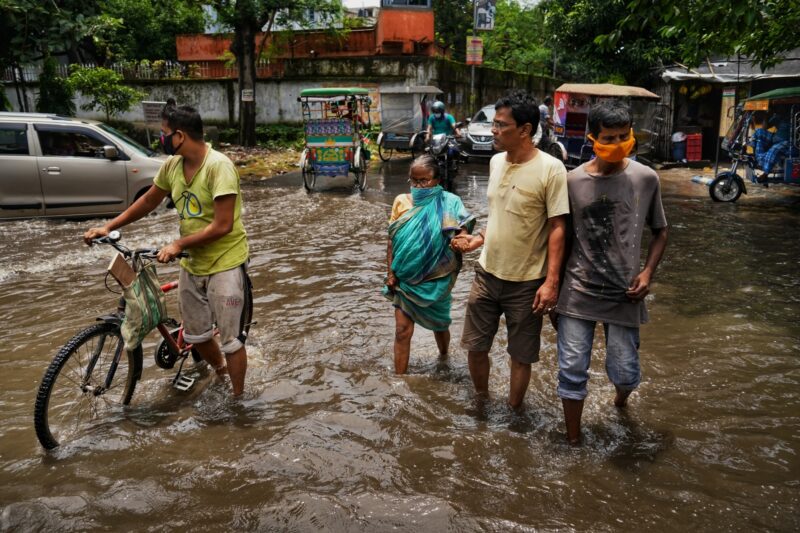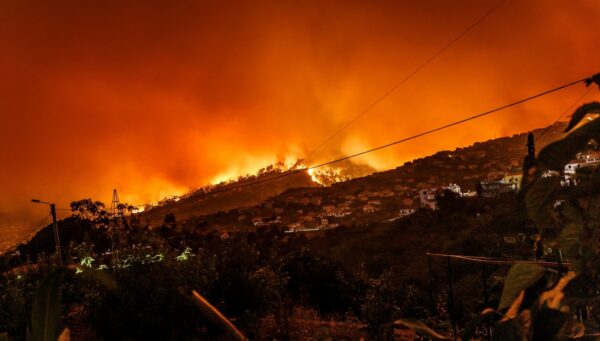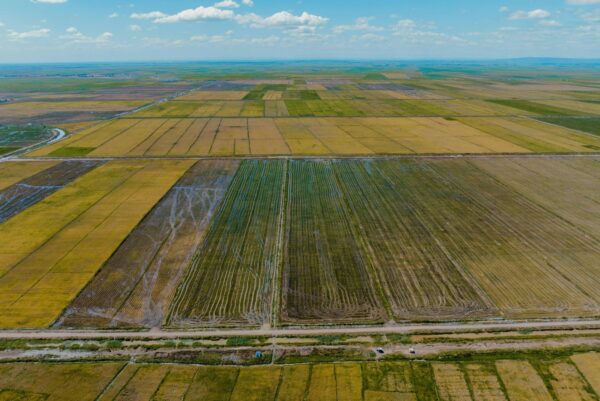Machine-learning-based evidence and attribution mapping of 100,000 climate impact studies
Authors
Max Callaghan, Carl-Friedrich Schleussner, Shruti Nath, Quentin Lejeune, Thomas R. Knutson, Markus Reichstein, Gerrit Hansen, Emily Theokritoff, Marina Andrijevic, Robert J. Brecha, Michael Hegarty, Chelsea Jones, Kaylin Lee, Agathe Lucas, Nicole van Maanen, Inga Menke, Peter Pfleiderer, Burcu Yesil and Jan C. Minx
Share

Increasing evidence suggests that climate change impacts are already observed around the world. Global environmental assessments face challenges to appraise the growing literature. Here we use the language model BERT to identify and classify studies on observed climate impacts, producing a comprehensive machine-learning-assisted evidence map. We estimate that 102,160 (64,958–164,274) publications document a broad range of observed impacts.
By combining our spatially resolved database with grid-cell-level human-attributable changes in temperature and precipitation, we infer that attributable anthropogenic impacts may be occurring across 80% of the world’s land area, where 85% of the population reside.
Our results reveal a substantial ‘attribution gap’ as robust levels of evidence for potentially attributable impacts are twice as prevalent in high-income than in low-income countries. While gaps remain on confidently attributabing climate impacts at the regional and sectoral level, this database illustrates the potential current impact of anthropogenic climate change across the globe.











